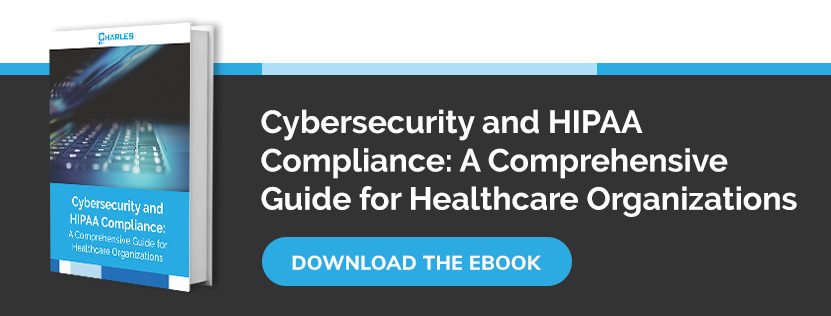The cybersecurity maturity model certification (CMMC) 2.0 framework first introduces the need for security awareness training in level 2. The value of training employees to become more aware of everyday security risks is especially vital given the constantly evolving threat landscape and the fact that people, rather than technology, are usually the first targets for attackers. After all, security processes are only as effective as the training for the people who use them.
Most organizations will want to aim for a level 2 CMMC assessment, since this is the minimum requirement for most contracts with the DoD. There are more than a dozen security awareness training-related practices in the entire CMMC security framework. For example, the practice AT.2.056 requires organizations to provide cybersecurity awareness training for all users. At level 3, we have AT.3.058, which requires training focused on the risk of insider threat.
What is security awareness training?
Security awareness training isn’t about conventional workshops and seminars or lengthy and tedious sessions. It must be part of a wider strategy to build a security-aware company culture, whereby employees are held accountable to one another. Effective training combines hands-on learning by way of things like simulated social engineering scams and various other high-engagement activities.
Although there are many approaches you can take towards meeting the training requirements of your CMMC assessment, it is best to follow proven industry practices. Cybersecurity is not something you can teach simply by providing books and other materials and then leaving it up to employees to do the rest. Instead, and especially due to the constantly changing nature of cyberattacks, it is important to provide regular training that uses real-world scenarios in tests.
#1. Develop a security-first culture
There has long been a divide between cybersecurity and the rest of the business. Even today, security leaders are often envisaged to be people wrapped up in the intricacies of technology and living in something of a bubble.
It is time for a cultural shift whereby everyone is a security person, or at least to the extent that they are aware of the common risks and threats facing themselves and the companies they work for.
Security leaders must lead by example by implementing comprehensive training programs that are both relevant and engaging. People should instantly see the value in what they are learning.
#2. Empower your employees
By building a security-first company culture, businesses can empower their employees to work smarter and more efficiently, without living in constant fear of the next big cyberthreat. CMMC security depends on people as much as technology, after all.
By providing comprehensive training, employees will be empowered to proactively look out for potential threats and anomalous behavior, thus improving confidence and productivity levels. You’ll also be doing them a favor, since cyberthreats also affect people in their personal lives.
#3. Protect against social engineering
The vast majority of successful cyberattacks include a social engineering element, and we’re not just talking about those obvious phishing emails sent out en-mass by spammers. Defense contractors, however, face even greater challenges when it comes to social engineering. After all, the defense industrial base (DIB) is a top target for state-sponsored attackers with virtually unlimited resources and the expertise necessary to carry out highly sophisticated attacks.
To pass a high-level CMMC assessment, you’ll need a well-trained workforce in which teams are able to quickly identify highly targeted social engineering scams. This is why simulated phishing scams are so valuable, especially if they take into account current real-world events and use cases.
#4. Reinforce your cyber defenses
Cybersecurity starts with people rather than technology. Technology itself can only go so far by automating repeatable routine processes, setting up alerts, and identifying common attack vectors. People are still the first and last line of defense.
Security awareness training is about merging human and technical capabilities as such that they empower each other. This dramatically reinforces your defenses and helps set the stage for achieving a higher CMMC security level. After all, people still and always will play a central role in identifying advanced social engineering scams and other threats, as well as acting on alerts from security auditing systems.
Charles IT provides hands-on security awareness training to help get your employees ready to tackle the latest threats and prepare for your CMMC assessment. Call us today to get started!
This blog was updated in October 2024 for accuracy.




